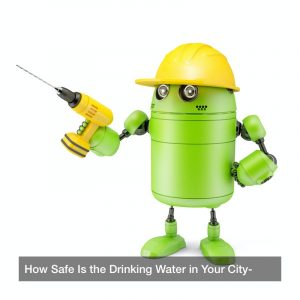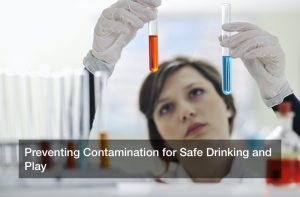

More likely than not, you are reading this blog through the power of a coal-powered power plant. Across the United States, there are about 470 coal power plants, and they burn a combined 800 million tons of coal each year to move the turbines that generate electricity every year. Coal is inexpensive and plentiful, making it a common fuel for electricity, however, the byproduct of burning coal (coal ash) must be handled with care in order to protect this planet we love so much. Read all about it, here:
Commonly Asked Questions About Coal Ash Remediation
- What makes coal ash so dangerous?
The coal ash that is left behind after the coal is burned contains known carcinogens like mercury, cadmium and arsenic. If this isn’t disposed of properly, it can make its way to the streams and rivers that supply our groundwater management systems. Groundwater pollution of coal ash can lead to higher cases of cancer, as well as other negative health issues.
To prevent groundwater contamination of coal ash, the Environmental Protection Agency regulates how energy companies dispose of their coal ash, and that proper coal ash remediation equipment are in place. - How is coal ash disposed of properly?
After the coal has been burned and served it’s purpose, the leftover coal ash is disposed of in a number of ways. Some of those methods include large pools of water on the energy generation premises. The pools of water cause the ash to sink and prevents it from entering the atmosphere (although especial remediation equipment is required to safely dewater these pools without causing the ash to reenter the environment when the pools are closed). Other power plants utilize dry methods, where the ash is contained and buried in a landfill. In this case, remediation equipment is utilized to ensure that the process is free of leaks or weaknesses. The EPA oversees the process to ensure safety and that the proper remediation equipment is in place from beginning to end. Approximately 66 million tons of coal ash is disposed of in one of these two methods each year.
Another (preferable) method in which coal ash is disposed of involves recycling it for other uses. - How is coal ash recycled?
The EPA estimates that approximately 110 million tons of coal ash is produced every year. Of this amount, approximately 44 million tons are recycled. When coal ash is recycled, it is often reused in construction applications. For example, one common use for reclaimed coal ash is as an ingredient in concrete. Another use of recycled coal ash is as a replacement for natural gypsum. In this way, coal ash can be used to make wall boards, with a lower impact on the environment than if the materials are sourced from the Earth. - What measures are in place to protect the groundwater from coal ash contamination?
According to the EPA’s website, a few methods that the EPA uses to protect the public from ground ash contamination include:- The areas where coal ash pools are located and the landfills that house them must undergo constant groundwater monitoring. If contamination occurred, the EPA would be notified immediately.
- The coal ash pools and landfills must have an impermeable liner that prevents the coal ash from leaking into the groundwater.
- A defined process for remediation if there is any indication of coal ash contamination.
- Closure of the coal ash pools and landfills that were put in place before the regulation of the EPA that are unlined or do not meet the requirements that ensure they are safe from groundwater contamination.
- Closure of any coal ash pools or landfills that are deemed too close to a ground water source.
- Prevention of any new pools or landfills being constructed in areas that are vulnerable to groundwater contamination, such as areas that are prone to earthquakes or in wetlands where coal ash could seep into the groundwater.
- A very stringent process in which the coal ash pools and landfills that are closed down because of the risk of contamination are disassembled, to ensure that there is no contamination from residual coal ash in the process.
We want to hear from you! How do you feel about the ways that coal ash is disposed of or reused? Do you feel like your groundwater is safe? Share below!






